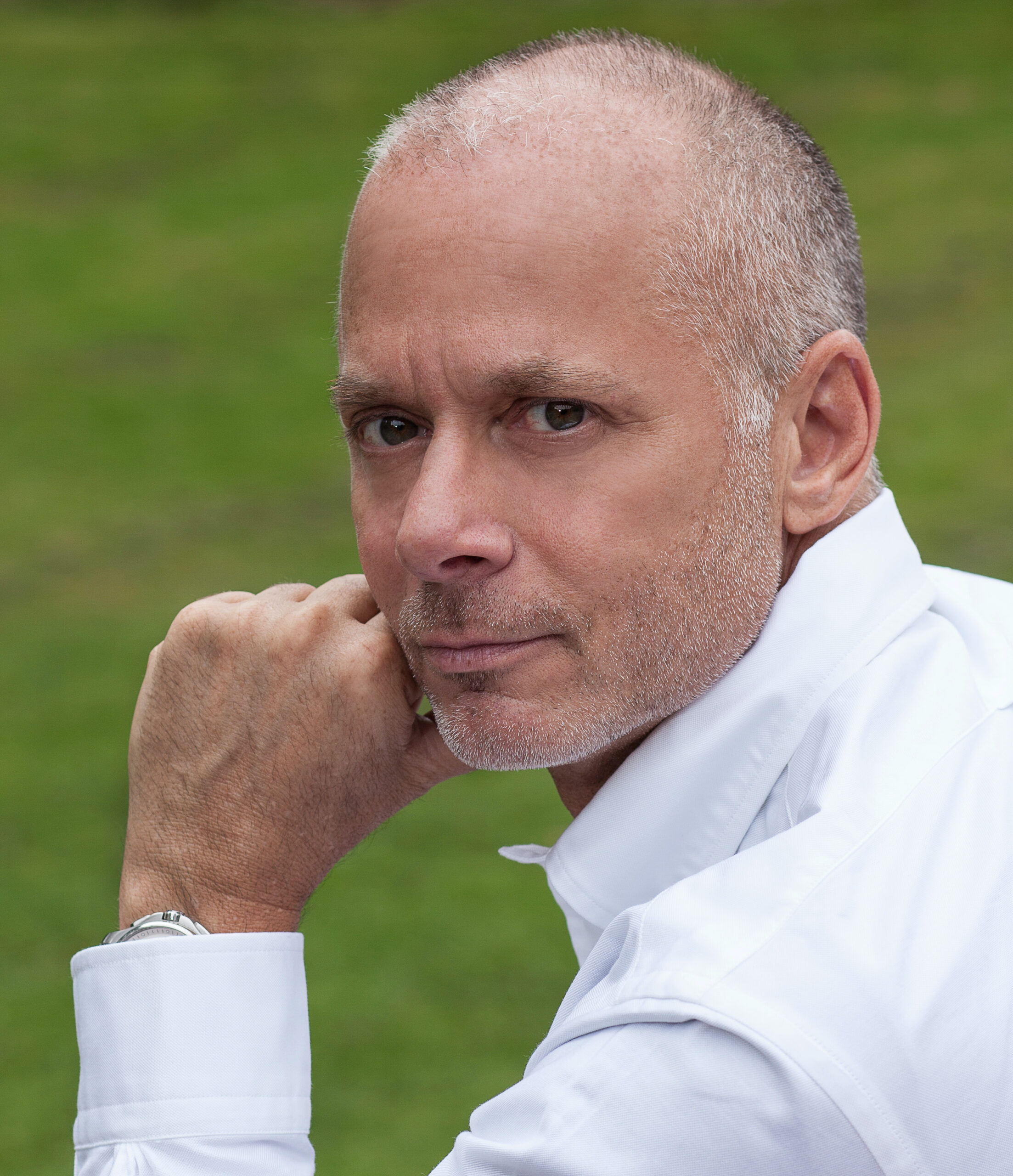
Designed by Amanda Nisbet, more details below.
By Carl J. Dellatore

Intuition—that gut feeling or sudden understanding that arises without conscious reasoning—may seem spontaneous, almost mystical, but the truth is that our life experiences deeply inform intuition. The brain processes these experiences, and even if we’re unaware, they shape our intuitive responses in powerful ways.
Think of intuition as the unconscious art of knowing. You don’t have to sit down to analyze facts or logically deduce a conclusion; instead, the answer seems to come to you. However, what feels like a quick, instinctive reaction results from a complex process happening beneath the surface. Our brains constantly collect and store information, even when we are not consciously aware of it. Over time, this accumulation of knowledge becomes the foundation for our intuitive responses. What feels instantaneous is often a conclusion our subconscious reaches, drawing from a vast store of memories, observations and past experiences.
Our early experiences play a crucial role in developing intuition. As children, we form patterns based on the situations we encounter. These patterns become internalized, helping us navigate the world. The same principle applies to learning skills or making decisions. A person who has grown up in a family of musicians, for example, might develop an intuitive sense for rhythm or melody, not because they were born with it but because they were surrounded by musical experiences from a young age. Over time, the brain creates shortcuts, recognizing patterns and forming intuitive responses based on repeated exposure and practice.
This idea is also seen in sports. Athletes often speak of being “in the zone,” where they perform effortlessly and make split-second decisions that seem instinctual. But these responses come from years of practice and experience, during which their brains have built up a vast library of patterns, movements and strategies. When they react intuitively, they’re drawing on this deep well of experience, even if they are unaware of it.
Emotions also play a significant role in shaping intuition. Our emotional responses to past experiences help our brains categorize situations as either positive or negative. This emotional “tagging” influences our intuitive reactions in the future. Here’s an example: Designer Amanda Nisbet once told me of her experience while in Italy as a student. She explained, “Living in the land of grand gestures, you’d see a woman who wasn’t conventionally attractive, yet she’d throw on a purple corduroy blazer, wrap an orange scarf around her neck and take off on a chartreuse Vespa, and she’d be stunning. That belief in trusting your taste and following your nose made a great impression on me.” Nisbet felt joyful in moments like seeing the woman on the Vespa, and her work as a consummate colorist years later, mixing seemingly disparate hues, reveals this connection between emotion and intuition.

Thinking further about the role intuition plays in the work of interior designers, imagine yourself walking into a room and immediately sensing what is wrong with its layout before you ever look at a floor plan. This ability comes from years of spatial recognition, having assessed many rooms before it. You instantly know that a window should be added to a long expanse of wall or that a room should be bathed in neutral colors to pay homage to a remarkable view into a woodland. Then, your mind works like a chess grandmaster looking at a board, intuitively knowing the best next move, drawing on countless hours of playing and studying the game. You picture a stone finish, you envision a flatweave rug; in your mind’s eye, you conjure a mix of silhouettes.
The lesson is that intuition is far from an inexplicable gift. It is deeply grounded in our life experiences. The brain’s ability to store, categorize and retrieve vast amounts of information allows us to make fast, intuitive decisions based on patterns we’ve encountered before. Understanding this connection lets you appreciate intuition’s inherently personal role in design. It is why no two designer’s work is precisely the same.
It’s what makes you an artist.
Stay updated on this series author, Carl Dellatore, by following his Instagram. About Carl Dellatore & Associates – provides designers, architects, and creatives with writing, editing, and copyediting services by an established team to effectively reveal your story.


